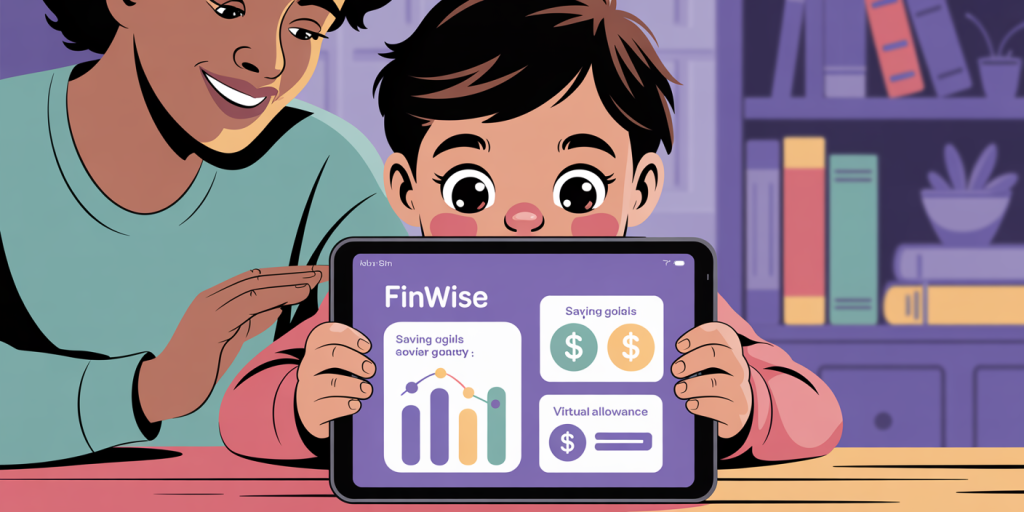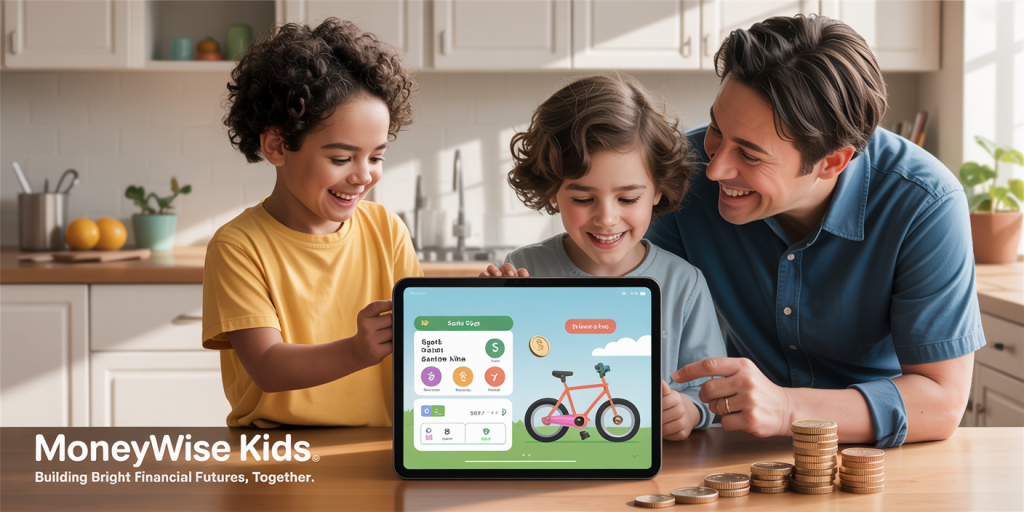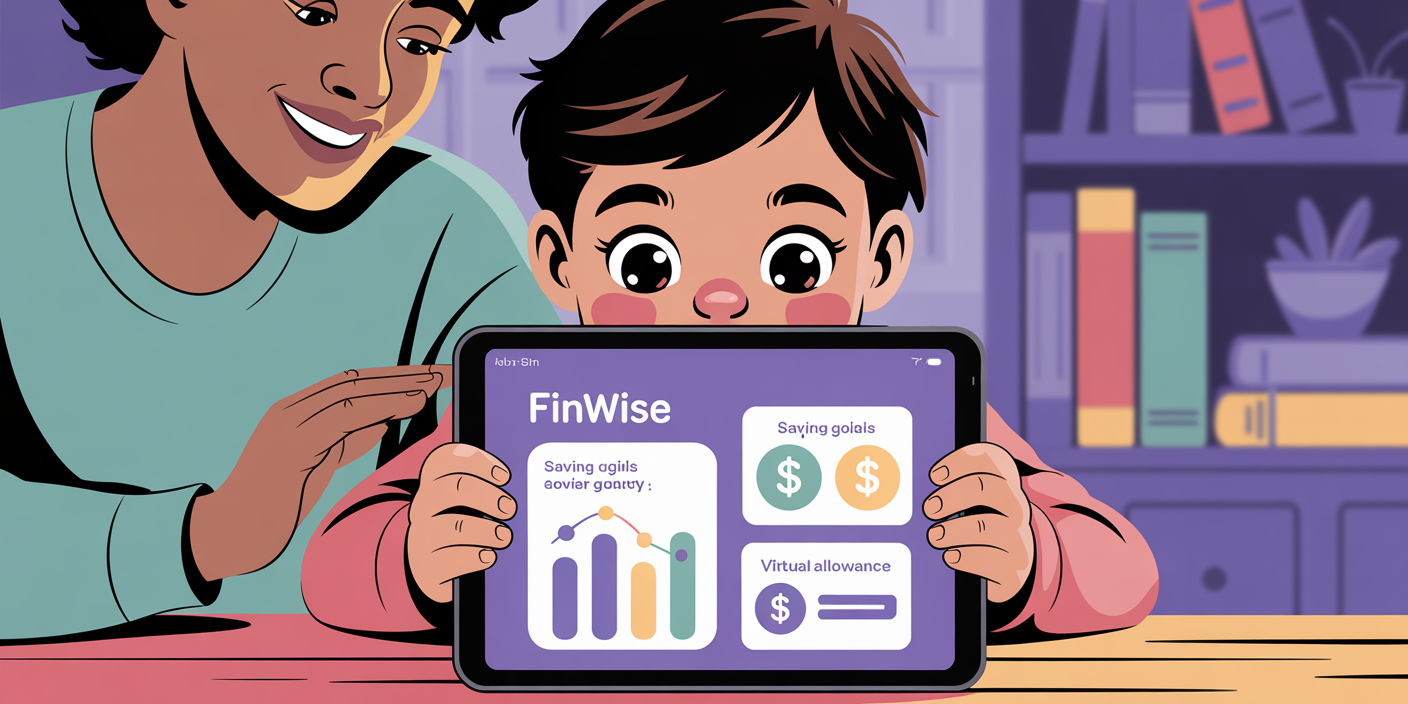Understanding money management is an essential life skill, and the sooner children begin learning it, the better prepared they will be for their financial future. Teaching kids about money not only helps them develop responsible spending habits but also builds confidence in handling financial decisions as they grow. However, money education doesn’t have to be dull or overly complicated. By incorporating engaging and practical approaches, parents and educators can make financial literacy accessible and enjoyable for kids.
Financial literacy for children is crucial because research shows that early money habits significantly affect adult financial behavior. According to a 2023 survey by the National Endowment for Financial Education (NEFE), 81% of young adults who received financial education before age 12 felt more confident managing money at age 18 compared to 52% of those who started learning later. This article explores fun, hands-on methods for teaching kids about money and provides practical tips that create lasting financial understanding.
Understanding Money Concepts Through Play
Teaching children about money works best when lessons are integrated with play and relatable experiences. Young children grasp abstract concepts more easily when they see money-related activities reflected in their daily lives.
One effective approach is using board games that simulate financial transactions. Games like *Monopoly* and *The Game of Life* encourage kids to think about earning, spending, saving, and investing money within a structured and fun environment. Parents can turn game sessions into learning opportunities by discussing decisions players make during the game, such as why saving might be beneficial or how overspending can lead to setbacks.

Another practical idea involves setting up a “store” at home. Parents can create a small shop with everyday items, price tags, and fake or real currency. Kids take turns being the shopkeeper and the customer, practicing using money for purchasing while also calculating change. This experiential learning helps them understand value and budgeting basics in a context they can see and touch.

Implementing Allowances and Earned Income
An allowance system is a traditional yet effective tool for teaching money management. Allowances introduce children to the concept of budgeting, saving, and responsible spending within a controlled setting. However, for allowances to be truly educational, they should be tied to clear guidelines and sometimes earned through chores or tasks.
For instance, a family might offer a weekly allowance of $10, with the expectation that the child uses some of it for savings, some for spending, and a portion for charity or gifts. Tracking this allowance using a simple ledger or money jar system can reinforce discipline and goal setting. Studies reflect this method’s success: a 2021 survey by the American Institute of Certified Public Accountants (AICPA) found that 60% of adults who had regular allowances as kids now consider themselves proficient in budgeting.
Alternatively, linking pay to chores teaches valuable lessons about earning money through effort. Children learn that money is earned, not simply given, fostering a connection between work and reward. Real-life case studies show that children who earn money this way develop stronger work ethics. For instance, the Johnson family from Ohio reports that after introducing chore-based pay, their three children showed increased responsibility and a better understanding of money’s value.
Using Technology and Apps for Financial Education
Digital tools can modernize how children learn about money. Technology-driven applications designed specifically for financial literacy enable kids to simulate real-world money management through gamification and interactive lessons.
Several apps like *PiggyBot*, *Bankaroo*, and *GoHenry* allow children to monitor virtual or real money accounts, set saving goals, and receive allowances digitally. These tools often feature reward systems and parent oversight, helping bridge communication about financial decisions between kids and adults. A 2022 study by the Global Financial Literacy Excellence Center (GFLEC) showed that kids using finance apps increased their money management skills by 30% over a six-month period compared to peers who learned exclusively through discussion.

One notable example is *GoHenry*, which offers a debit card for kids linked to a parent’s account. Children can make purchases while parents monitor spending and teach about budgeting. This real-time experience helps kids transition from theoretical money concepts to practical handling of finances as they grow.
Teaching the Importance of Saving and Investing Early
Instilling the habit of saving is fundamental in financial education. Children should understand not only that saving is vital but also how it can help fulfill their future aspirations. Simple activities like using a piggy bank or savings jars differentiated by purpose (e.g., “Toy Fund,” “Vacation Fund,” and “Give Fund”) visually illustrate the concept of goal-oriented saving.
Introducing children to the basics of investing can also be beneficial, even at a young age. While investment might seem complex, simplified versions teach the idea of money growth. For example, parents can simulate stock investments with pretend money or use real shares of child-friendly companies like Disney or Lego as gift investments. The *Stock Market Game*, a classroom-based simulation program, has been successful in exposing kids to securities trading and the potential benefits of long-term investments.
Statistically, children who are taught about saving and investing early demonstrate higher financial well-being in later years. According to the 2023 T. Rowe Price Kids & Money Survey, 75% of young adults who learned these concepts as children reported feeling more prepared for financial emergencies or major purchases.
Comparing Different Money Teaching Methods: What Works Best?
Given the numerous approaches to teaching kids about money, it’s helpful to compare their effectiveness based on engagement, skill retention, and practicality. The table below outlines several popular methods with pros and cons:
| Teaching Method | Engagement Level | Practical Experience | Skill Retention | Parental Involvement Required |
|---|---|---|---|---|
| Board Games | High | Moderate | Moderate | Moderate |
| Allowance System | Moderate | High | High | High |
| Chore-Based Earnings | Moderate | High | High | High |
| Financial Apps | High | High | High | Moderate |
| Savings Jars | Moderate | Moderate | Moderate | Moderate |
| Investment Simulations | Moderate | Moderate | Moderate-High | Moderate |
From the table, it’s evident that the allowance system combined with chore-based pay provides practical experience and high skill retention but requires considerable parental effort. Meanwhile, apps and board games offer engagement and interactive learning but may need to be supplemented with real-life money handling.
Combining several methods serves best, balancing engagement with practical experience while teaching responsibility, budgeting, saving, and investing concepts.
Future Perspectives on Kids’ Financial Education
The landscape of money management education is rapidly evolving, driven by technological advances and societal shifts. As digital currencies and cashless transactions become commonplace, children will need to understand not only physical money but also digital financial tools and cybersecurity concerns.
Emerging educational technologies like virtual reality and augmented reality offer promising platforms for immersive money management simulations, helping kids experience diverse scenarios safely. Additionally, schools are beginning to integrate financial literacy into core curriculums; the Council for Economic Education reported that in 2023, 28 states in the U.S. mandated some form of financial education in high school, a number expected to rise.
The increasing accessibility of kid-friendly financial apps combined with parental guidance forms a powerful foundation for lifelong money skills. Furthermore, addressing broader societal topics such as financial ethics, debt management, and economic inequalities in kids’ education will prepare them for a more complex financial world.
Parents and educators who adopt a balanced mix of fun, hands-on, and technology-supported financial teaching methods will empower children to become confident, responsible, and knowledgeable money managers in the future. Encouraging curiosity and dialogue about money from an early age lays the groundwork for sustained financial well-being.

Deixe um comentário